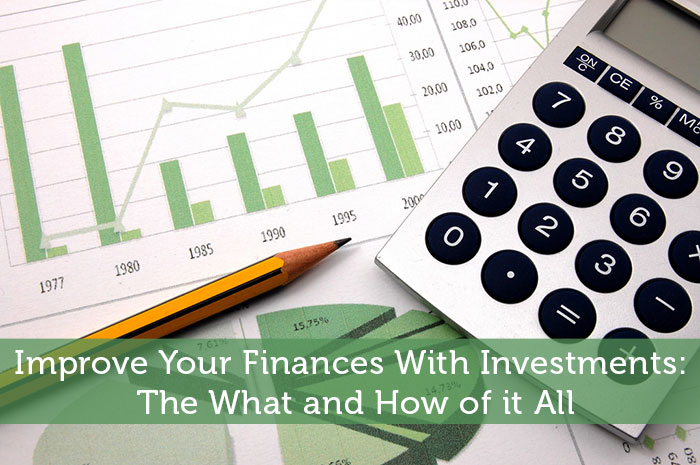How many times have you heard the line, “The best way to make money is by investing?” Probably a lot, right? And more often than not, your response is something along the lines of “Well that’s all fine and good, but I don’t have that kind of cash.”
It’s a common misconception that you have to have hundreds or even thousands of dollars to spare to start building an investment portfolio. In fact, waiting until you have a bunch of spare cash to start investing is pretty much a recipe for ensuring that you will lose all of that cash and you will lose it quickly. It’s better to start small and build from there. Here are a few tips and tricks to help you get started.
Buying a Franchise
Wait, what? We just said that the best way to get started with investing is to start small and our first tip is to advise you to spend five figures or more on your own franchise? Yes, we are. Why? Because unlike a business you build from scratch, a franchise is not only more likely to succeed but likely to turn a profit within its first year. And, unlike a business you build from scratch, many franchise opportunities come with financing options.
The UPS franchise cost, for example, can be offset by their financing module as well as “special programs for veterans and non-traditional locations.” Because you’re building on an existing brand and taking advantage of an existing customer base, you will likely be able to pay off your financing costs within the first year or two of business. It’s the safest sort of business investment you can make.
Micro Investing
If you only want to dip your toes into the pool of investing, one of the best options available is a micro-investing program, like Acorns or one of its competitors. With these companies, you set up an account and pay a small amount, usually $5-10 per week. You can also set it up to automatically transfer the “spare change” from purchases you make into your portfolio. For example, if you buy something that only costs $4.35, your portfolio will get sixty-five cents.
This is a fantastic way to see, in real time, how an investment portfolio “works.” The great thing about these programs, too, is that you can withdraw money from your portfolio whenever you want. You don’t have to wait until you’ve accumulated a specific amount. You can also make changes to the portfolio and how your payments are distributed however you like. This is a level of control you won’t have with larger investments and broker-run portfolios.
Retirement
Investing isn’t just about making a lot of money now, it’s about saving for your future and funding your retirement. The best way to do this is with a retirement account. You might have one of these already: many employers now offer 401(k)s. It is not, however, a good idea to rely on one 401(k) to keep you covered later in life. And if you don’t have a 401(k), you should definitely open up your own Roth Individual Retirement Account (IRA). These are like savings accounts but with higher interest rates and can help you reduce your tax burden.
You can open your own Roth IRA with as little as $50. Or, if you opt to use a Betterment portfolio (and many experts agree it compares favorably to the competition), you can open your account with nothing and invest small amounts as you can afford them. The Roth IRA limits you to around $5000 in investment per year (this number goes up if you’re over 55), which makes it an excellent option for the cash strapped.
Stocks, Bonds, Mutual Funds
Stocks are what most people think of when they think of investing. The danger with this, though, is that it can be a bit like gambling–it has that same addictive “just keep playing to see what happens/get your money back” quality to it. This is why it is better to work with a professional broker who can help you manage that urge and prevent you from gambling more than you can afford to lose.
Another option is to start small with something predictable like a bond. Bonds will always give you back at least what you initially put in. That’s right, those savings bonds we joke about all the time? They’re a great way to practice investing. You could also try working with treasury bonds as these tend to have a greater rate of return.
Investing doesn’t have to be a big scary thing. Use the tips we’ve shared here to get started.





